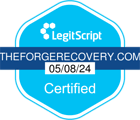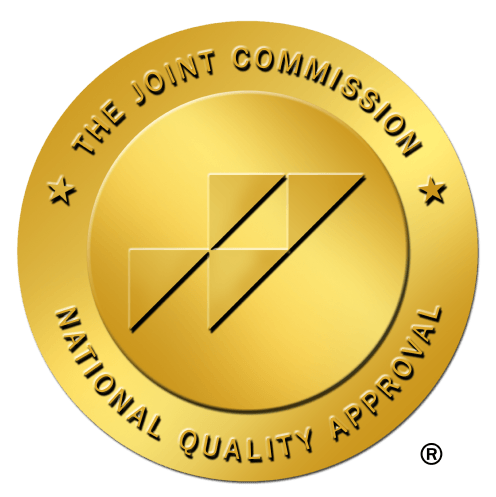MDMA and Ketamine
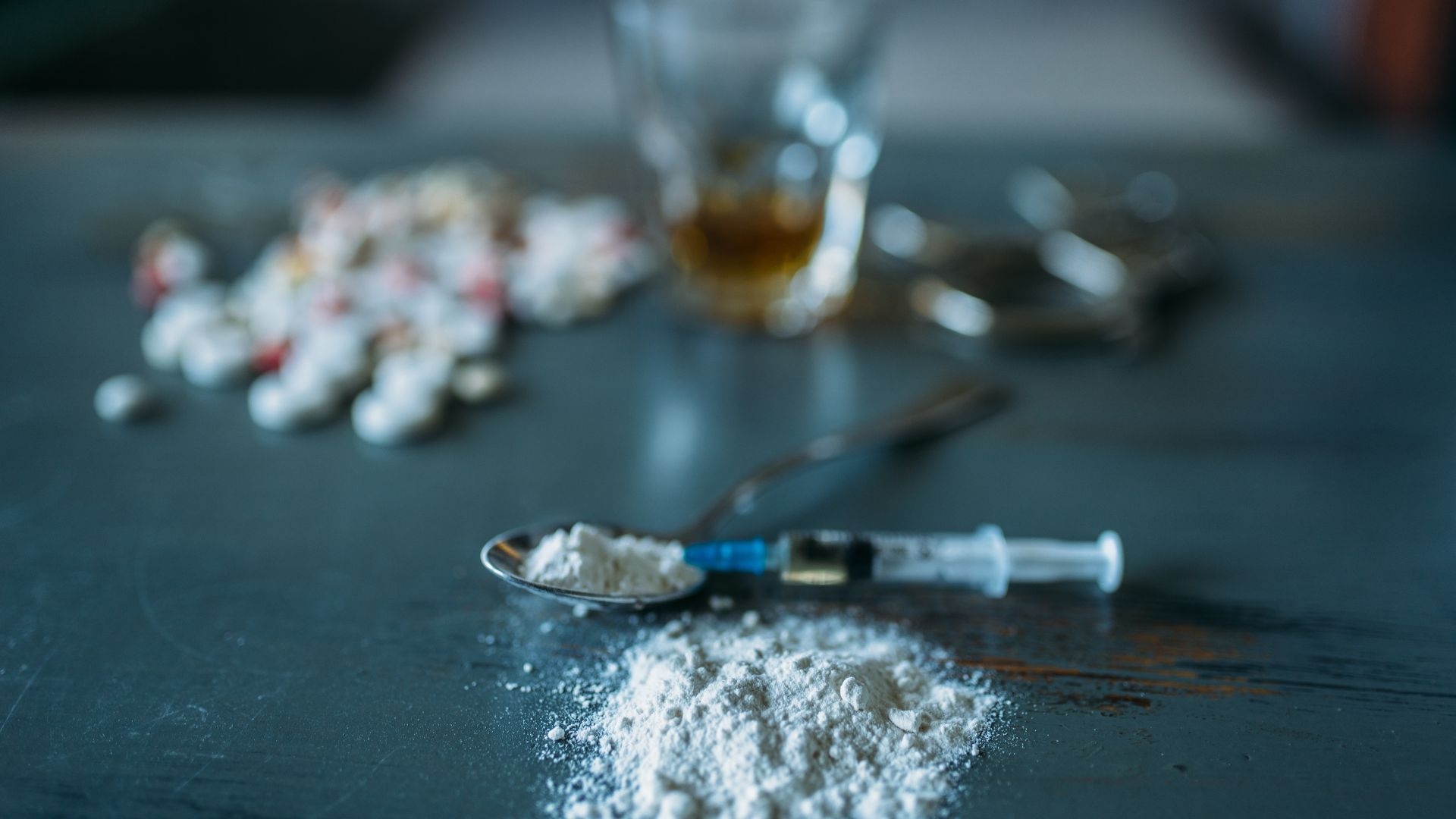

Explore the combined effects and risks of MDMA and Ketamine. Understand the dangers, health implications, and harm reduction strategies for informed decisions.
MDMA and Ketamine are two substances often used recreationally for their unique effects. While MDMA is known for its euphoric and empathetic qualities, ketamine induces dissociation and hallucinations. Some individuals combine these drugs, a practice called "kitty flipping," seeking an intensified experience. However, mixing substances like MDMA and ketamine poses serious risks to both physical and mental health, often leaving individuals or their loved ones unsure of how to navigate the challenges that may arise. At The Forge Recovery Center, we are here to help. In this article, we will explore the effects, risks, and implications of combining these drugs.
Understanding MDMA and Ketamine
MDMA and Ketamine are distinct substances with unique effects, classifications, and risks. Understanding their individual properties is essential to grasp the implications of combining them.
MDMA (Ecstasy)
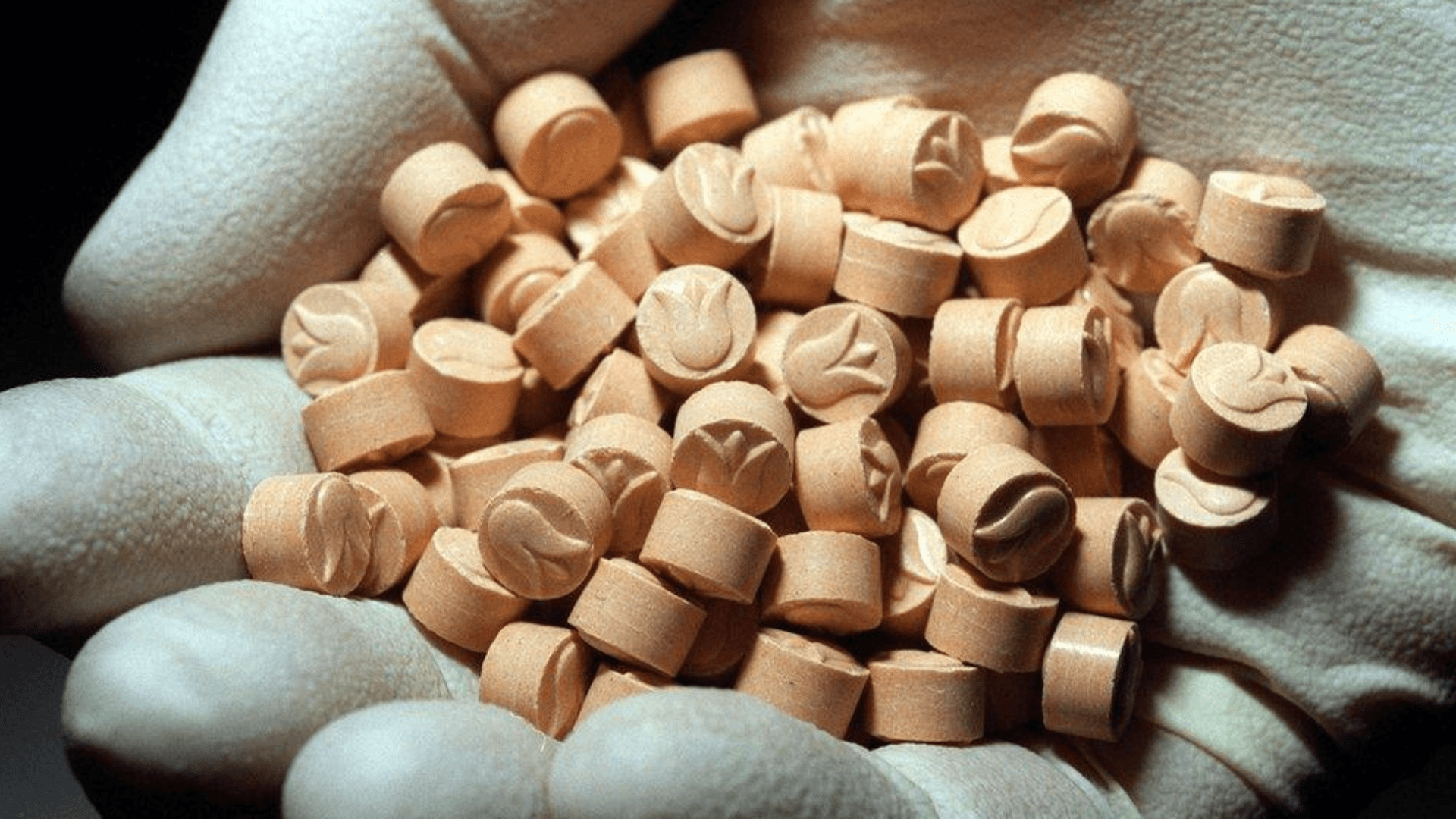
Classification: MDMA is an empathogen-entactogen, meaning it enhances feelings of emotional connection and empathy while also exhibiting stimulant properties.
Common Effects: Users often experience intense euphoria, increased sociability, and heightened sensory perception, making it popular in party and festival settings.
Potential Side Effects: MDMA can cause dehydration, overheating (hyperthermia), and, in extreme cases, serotonin syndrome—a potentially life-threatening condition caused by excessive serotonin in the brain.
Ketamine
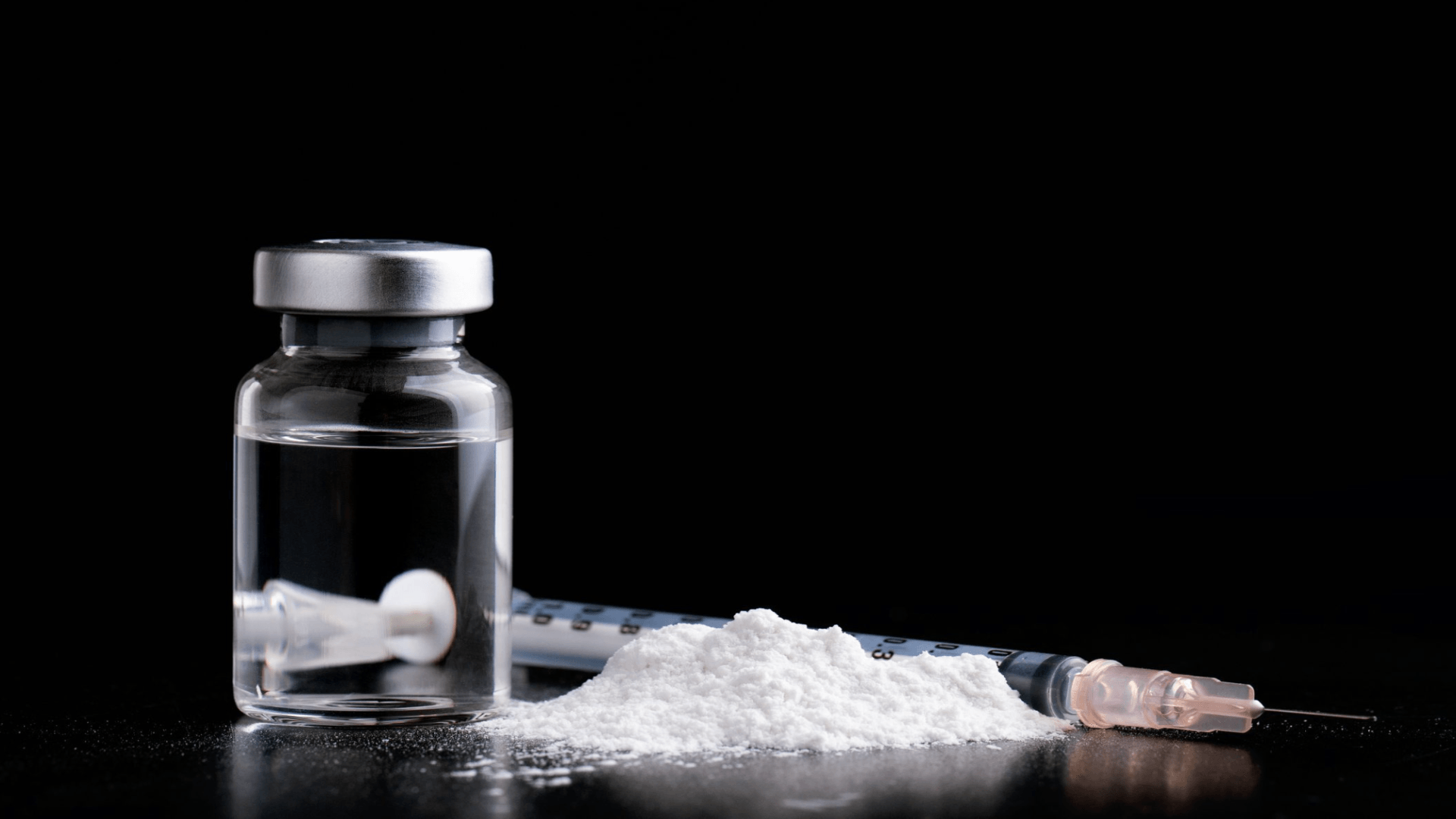
Classification: Ketamine is a dissociative anesthetic originally developed for medical use, particularly in surgeries and pain management.
Common Effects: At recreational doses, ketamine induces sedation, dissociation (a feeling of detachment from reality), and vivid hallucinations.
Potential Side Effects: Side effects may include nausea, elevated blood pressure, and impaired motor function, which can make users vulnerable to accidents or injuries.
The Appeal of Combining MDMA and Ketamine
For many, the draw of combining MDMA and Ketamine lies in the unique and heightened experience these substances can create together. Each drug offers contrasting effects that, when combined, are believed to complement each other, giving you a powerful, synergistic high.
Desired Synergistic Effects
MDMA is often sought for its ability to enhance emotional connection, euphoria, and energy, while ketamine’s dissociative effects provide a sense of detachment, introspection, and hallucinations. Together, they are believed to balance each other, creating a mix of emotional warmth and sensory distortion. You may have heard this combination referred to as "kitty flipping," which is popular among those seeking an amplified, multifaceted experience.
Common Settings for Use
You’re likely to encounter this combination in nightlife settings like nightclubs, music festivals, and parties. These environments heighten the appeal of MDMA and ketamine, with MDMA boosting your sociability and energy, while ketamine deepens your sensory experience, especially when paired with music and lights.
User Anecdotes
Many people describe the combined experience as a mix of connection and introspection. You may hear others talk about feeling an overwhelming sense of closeness with those around them or gaining profound insights about themselves. However, some also share stories of unpredictability, like heightened anxiety, physical discomfort, or feeling disoriented as the effects of MDMA and ketamine clash.
While the appeal of this combination may seem enticing, it’s crucial to understand the risks and challenges involved before making a decision.
Are You Struggling with Mental Health or Addiction?
We Can Help. Call Us Now!
CALL: 877-839-1772
Potential Risks and Dangers

Combining MDMA and Ketamine is not without significant risks. While users may seek enhanced effects, the potential dangers to your physical and mental health, as well as your behavior, can be severe and sometimes life-threatening. It’s important to understand these risks to make informed choices and protect yourself.
Physical Health Risks
Using MDMA and ketamine together places a considerable strain on your body. The opposing effects of the two drugs on your central nervous system can cause cardiovascular strain, leading to increased heart rate and blood pressure.
Additionally, MDMA’s stimulant properties often lead to dehydration and overheating, especially in party settings where physical activity is high. Ketamine’s dissociative effects may suppress your breathing, increasing the risk of respiratory issues, particularly if combined with alcohol or other substances.
Mental Health Risks
Combining these substances can have a profound impact on your mental well-being. The heightened euphoria from MDMA may clash with the dissociative effects of ketamine, potentially leading to anxiety or even panic attacks.
In some cases, the combination can trigger psychosis or severe hallucinations, leaving you feeling disconnected from reality and vulnerable to emotional distress.
Behavioral Risks
The altered state created by MDMA and ketamine significantly impairs your judgment and motor skills, increasing the likelihood of engaging in risky behaviors.
This can include unsafe sexual activity, dangerous physical stunts, or poor decision-making in social situations. Additionally, the dissociative effects of ketamine can make you less aware of your surroundings, raising the chances of accidents or injuries.
While the combined use of MDMA and ketamine may seem appealing to some, it’s essential to recognize the potential risks to your health, safety, and well-being. If you or someone you care about is struggling with substance use, seeking support from a professional recovery center like The Forge Recovery Center can help guide you toward a healthier path.
The Phenomenon of "Kitty Flipping"
"Kitty flipping" refers to combining MDMA and ketamine, a practice that has gained traction in recreational drug culture. This combination is sought after for its unique blend of effects, but it carries significant risks that are often overlooked.
Definition and Origin of the Term
The term "kitty flipping" combines "kitty," a nickname for ketamine, and "flipping," a slang term for mixing drugs to heighten their effects. Similar to other terms like "candy flipping," it reflects the recreational trend of pairing substances for a more intense experience.
Prevalence Among Recreational Drug Users
Kitty flipping is especially popular in party settings like nightclubs, music festivals, and raves. Many users seek to combine MDMA’s euphoric, sociable effects with ketamine’s dissociative and hallucinogenic properties to achieve a unique high. However, the growing prevalence of this practice underscores the need for awareness of its serious risks.
Cultural References and Portrayal in Media
Media often glamorizes drug combinations, including kitty flipping, as part of a hedonistic party lifestyle.
Pop culture references frequently focus on the euphoric highs, overlooking the potential dangers of combining MDMA and ketamine.
These portrayals can mislead viewers, normalizing risky behaviors without showing the real-life consequences.
Although kitty flipping might seem appealing in certain social circles or from media portrayals, it is crucial to consider the risks to your health and safety. If you or a loved one is affected by substance use, The Forge Recovery Center offers personalized treatment and support to guide you toward a healthier, drug-free future.
Are You Struggling with Mental Health or Addiction?
We Can Help. Call Us Now!
CALL: 877-839-1772
Harm Reduction Strategies
If you or someone you care about chooses to use MDMA and ketamine, it’s essential to prioritize safety and minimize potential harm. While avoiding substance use entirely is the safest option, harm reduction strategies can reduce risks for those who engage in this behavior.
Importance of Awareness Regarding Dosage and Purity
Dosage Awareness: MDMA and ketamine have different effects depending on the dosage, and combining them can amplify these effects in unpredictable ways. Taking too much of either substance significantly increases the risk of adverse reactions, such as overheating, respiratory issues, or even overdose.
Purity: Recreational drugs are often mixed with unknown or dangerous substances. Testing the purity of MDMA and ketamine can help reduce the risk of ingesting harmful contaminants, such as fentanyl or synthetic additives.
Recommendations for Those Who Choose to Combine These Substances
Start Small: If you choose to use both substances, begin with very small doses to gauge how your body reacts. Combining them can result in unexpected effects.
Stay Hydrated, But Don’t Overdo It: MDMA can cause dehydration, but overhydration is also a risk. Sip water regularly, especially in environments where you’re active.
Avoid Mixing with Other Substances: Alcohol and other drugs can further complicate the effects of MDMA and ketamine, increasing the likelihood of adverse reactions.
Have a Trusted Friend Present: Always let someone sober know what you’ve taken and where you are in case you need help.
Resources for Testing Substances and Seeking Medical Help
Drug Testing Kits: Organizations like DanceSafe offer affordable testing kits to check for the purity of MDMA and ketamine. These kits can identify contaminants and help you make safer decisions.
Medical Help: Familiarize yourself with nearby medical facilities or emergency hotlines in case of adverse effects. Seek immediate medical attention if you or someone else experiences severe symptoms like difficulty breathing, loss of consciousness, or overheating.
Harm Reduction Services: Local harm reduction organizations often provide educational resources, testing services, and non-judgmental support.
At The Forge Recovery Center, we emphasize education and support for those trying to overcome substance use. If you or someone close to you struggles with addiction or polysubstance use, our personalized treatment plans can help you achieve a safer and healthier future.
Treatment and Support for Polysubstance Use
If you or someone you care about is struggling with polysubstance use, including the combination of MDMA and ketamine, recognizing the signs of dependency and seeking the right support is crucial. Recovery is possible with the proper resources, guidance, and care.
Recognizing Signs of Dependency or Abuse
Physical Signs: Frequent fatigue, changes in appetite, or withdrawal symptoms when not using substances.
Behavioral Signs: Neglecting responsibilities, social isolation, or engaging in risky behavior to obtain or use drugs.
Psychological Signs: Increased anxiety, mood swings, or a compulsive need to use substances despite negative consequences.
Recognizing these signs early can help you or your loved one take the first step toward recovery.
Available Treatment Options and Support Groups

Detoxification Programs: For those using multiple substances, medically supervised detox programs can help safely manage withdrawal symptoms.
Therapy and Counseling: Cognitive-behavioral therapy (CBT), motivational interviewing, and trauma-informed therapy address the root causes of substance use and provide tools for long-term recovery.
Support Groups: Groups like Narcotics Anonymous (NA) or SMART Recovery offer peer support and a sense of community, helping you stay accountable in your recovery journey.
Outpatient and Inpatient Programs: Depending on your needs, you may benefit from outpatient counseling or residential treatment programs that provide a structured, supportive environment.
The Role of Recovery Centers, Such as The Forge Recovery Center
At The Forge Recovery Center, we understand that every journey to recovery is unique. That’s why we offer:
Personalized Treatment Plans: Our team works closely with you to create a plan tailored to your specific challenges and goals, addressing both substance use and underlying mental health concerns.
Holistic Approach: We provide a combination of evidence-based therapies, wellness activities, and aftercare planning to support your physical, emotional, and mental well-being.
Ongoing Support: Recovery doesn’t end after treatment. We offer continued care and resources to help you maintain sobriety and thrive in a substance-free life.
Polysubstance use, including MDMA and ketamine, can feel overwhelming, but you are not alone. With the right treatment and support, you can overcome dependency and build a brighter future. At The Forge Recovery Center, we’re here to help every step of the way.
Are You Struggling with Mental Health or Addiction?
We Can Help. Call Us Now!
CALL: 877-839-1772
Combining MDMA and Ketamine? Let Us Help You Find a Way Out
Combining MDMA and ketamine can lead to serious physical, mental, and behavioral risks. Understanding the effects and dangers is essential for making informed decisions. If you or someone you love is struggling with polysubstance use, it’s crucial to seek help. At The Forge Recovery Center, we provide personalized treatment plans to support your recovery journey and help you build a healthier, substance-free life. Your well-being matters, and recovery is always possible. Take the first step toward regaining control—reach out to us today. You don’t have to face this alone; we’re here to help.
Are You Struggling with Mental Health or Addiction?
We Can Help. Call Us Now!
CALL: 877-839-1772




